5 Essential Forms for Stepparent Adoption

In the complex journey of creating a blended family, stepparent adoption can be an important step for cementing bonds and offering a sense of permanence for all involved. This process legally transforms the relationship between stepparents and stepchildren, offering legal rights and responsibilities akin to those of biological parents. In this blog post, we explore the essential forms you'll need to navigate the stepparent adoption process effectively.
Understanding Stepparent Adoption
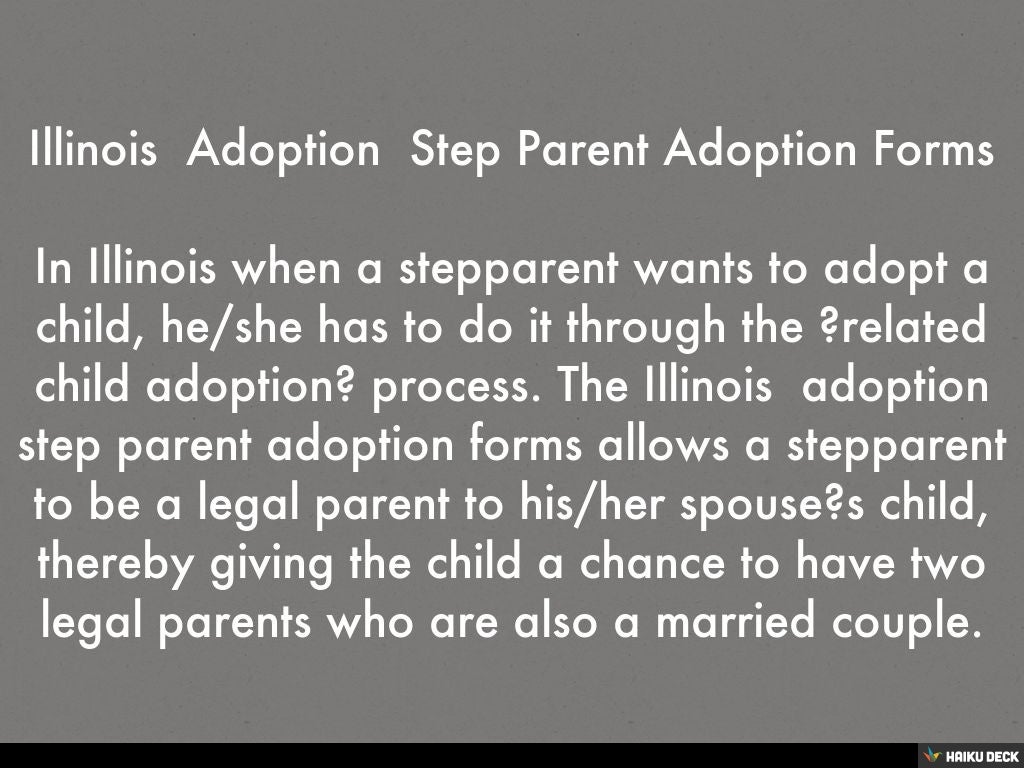
Stepparent adoption occurs when a stepparent seeks to become the legal parent of their spouse’s child from a previous relationship. This adoption involves several legal steps, which include:
- Terminating the Rights of the Non-Custodial Parent: Usually, the biological parent must consent or their parental rights must be legally terminated.
- Filing for Adoption: The stepparent must then file for adoption, which requires a series of documents and forms.
- Court Hearings: A court will review the situation to ensure the adoption is in the child’s best interest.
Here’s a look at the five critical forms necessary for this transformative process:
1. Consent to Adoption Form

The consent to adoption form is pivotal. It’s where the non-custodial biological parent formally agrees to relinquish their parental rights to allow the stepparent to adopt. If consent cannot be obtained due to various reasons such as the parent being unreachable, their rights might be terminated by court order:
- This form must be notarized.
- It should include the biological parent’s full legal name, contact information, and a statement of their voluntary consent.
- In some jurisdictions, the parent’s signature must be witnessed.
🔍 Note: If the biological parent is deceased or their rights were previously terminated, this form may not be required. However, a death certificate or court order will be needed.
2. Petition for Stepparent Adoption

The petition for stepparent adoption officially initiates the legal adoption process. Here’s what this form generally includes:
- Details about the child, the adopting stepparent, and the custodial parent.
- Information about the non-custodial parent, including their consent or the termination of their rights.
- A declaration that the adoption is in the child’s best interest.
This form is filed with the court, and it typically triggers the requirement for a home study or background check of the adopting parent.
3. Background Check and Home Study Authorization
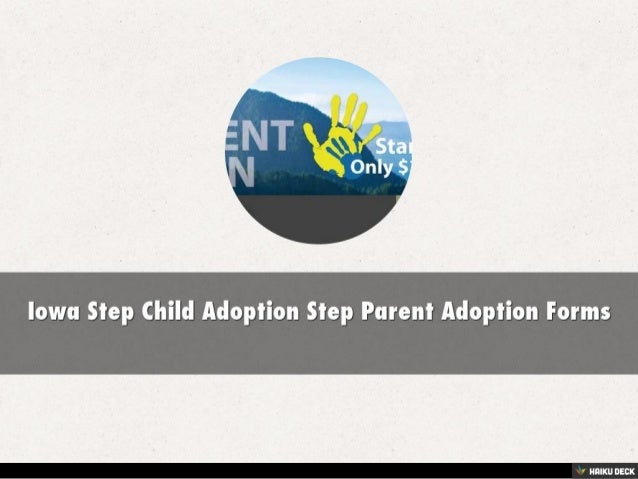
To ensure the safety and well-being of the child, courts often require:
- Authorization for a Background Check: This form gives consent for conducting criminal background checks on the adopting parent.
- Home Study Authorization: This form allows for an assessment of the home environment, parenting skills, and the ability of the stepparent to support the child.
The home study might be waived if the stepparent already resides with the child and there are no indications of unsuitability.
4. Termination of Parental Rights Form
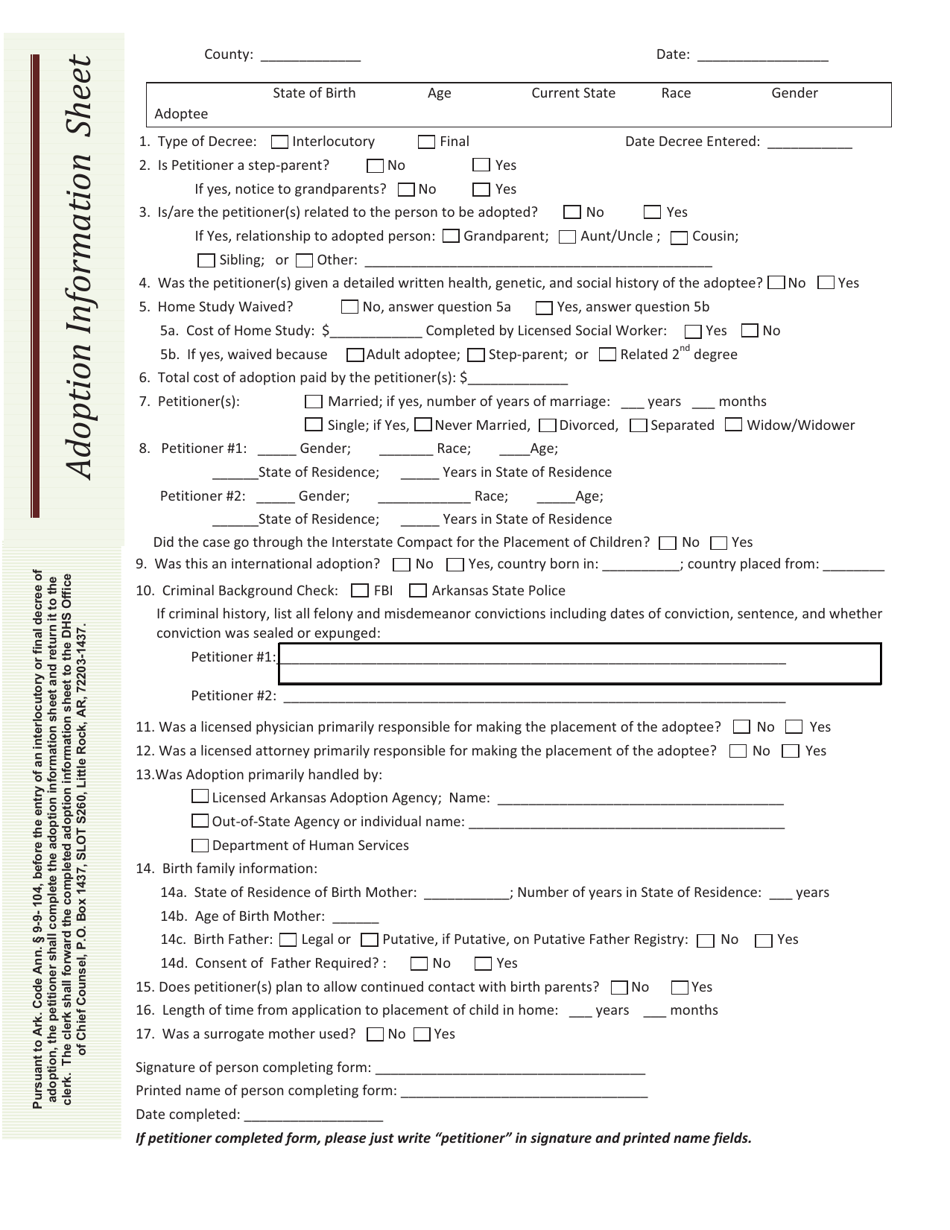
In situations where the biological parent’s consent to adoption isn’t forthcoming, a termination of parental rights form might be necessary:
- This form requests the court to terminate the non-custodial parent’s rights due to abandonment, neglect, abuse, or other legal grounds.
- It includes specifics on why the termination is justified, like evidence of unfitness or lack of involvement.
The court will then review this form, along with any supporting documentation, to make a decision.
5. Adoption Order

Once all the previous steps are completed, the court will issue an adoption order. This is the final legal document which:
- Officially grants the stepparent legal parenthood.
- Sets forth the new legal relationship between the child and the stepparent.
- Might include a name change for the child if requested.
The adoption order should be treated with care, as it forms the basis of the stepparent’s rights and responsibilities.
The Significance of Each Form

Each form plays a vital role in ensuring the child’s best interest, securing legal rights, and creating an enduring bond. Here’s how they work together:
- The consent form paves the way for adoption, the petition sets it in motion, background checks ensure safety, the termination form addresses potential obstacles, and the adoption order finalizes the process.
Summing up the discussion on stepparent adoption forms, we've examined the core documents that facilitate this significant legal process. Each form plays a critical role in ensuring that the adoption is both legally sound and in the child's best interest. Understanding these forms can reduce confusion and streamline the adoption process, allowing families to focus on the joy of uniting through adoption. The legal formalities, while seeming complex, are the foundation upon which the new family relationship is built, providing stability and security for all parties involved.
Do I Need an Attorney for Stepparent Adoption?
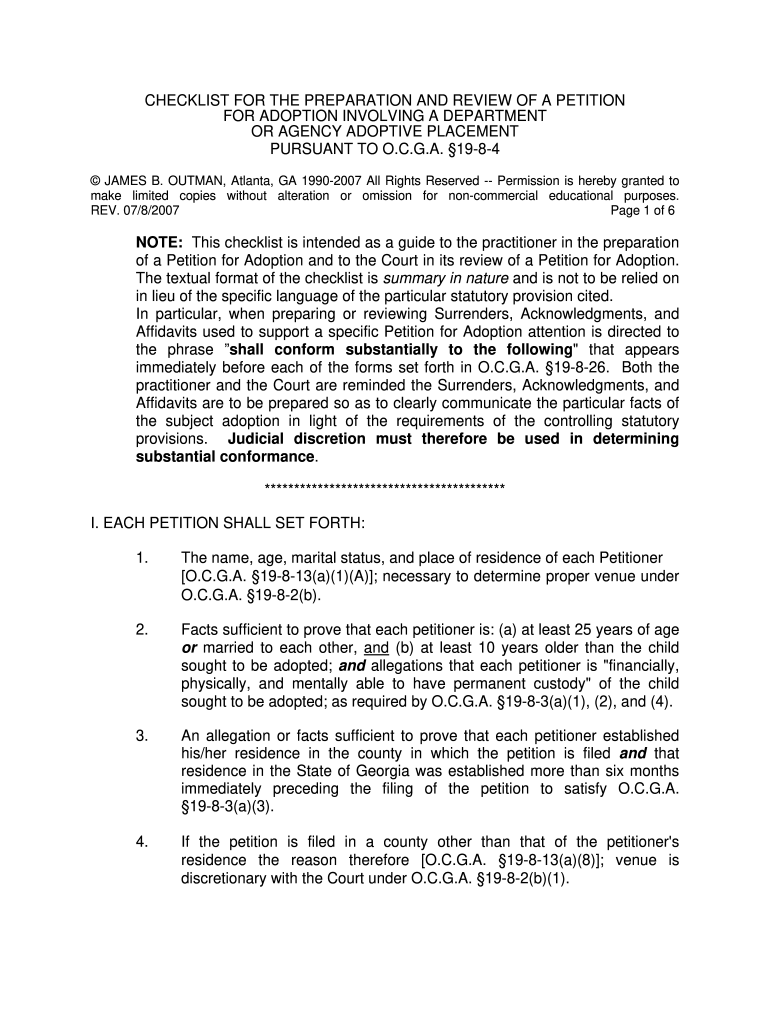
+
While not mandatory in all cases, having an attorney can be extremely beneficial, especially if there are complications like opposition from the non-custodial parent or if you need guidance on the legal processes involved.
What Happens if the Biological Parent Refuses to Consent?
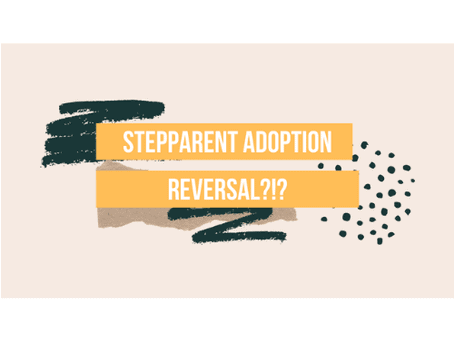
+
If the biological parent refuses to consent, you might need to go through a legal process to terminate their parental rights. This involves providing evidence of their unfitness or lack of involvement in the child’s life.
Can the Adoption Process Be Reversed?

+
In rare cases, an adoption can be contested or reversed, but this usually requires proving that the adoption was fraudulent or not in the child’s best interest. Reversing an adoption is complex and emotionally challenging for all involved.
How Long Does Stepparent Adoption Take?
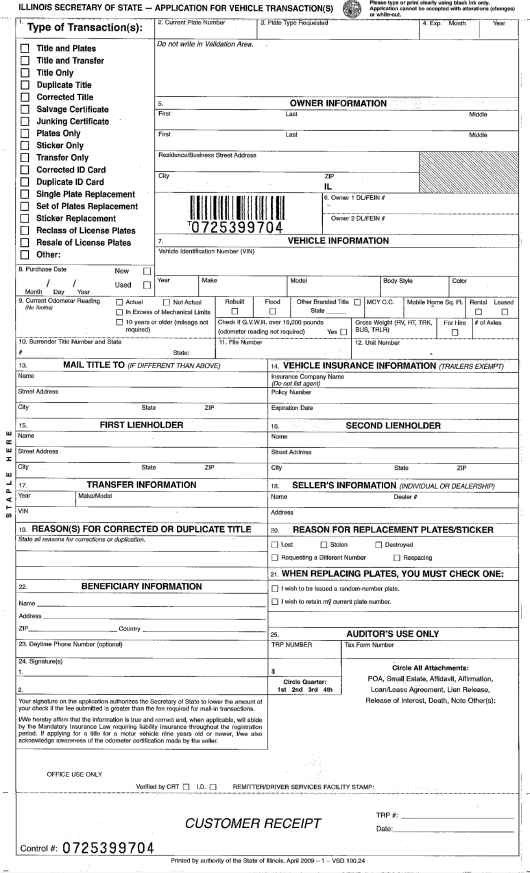
+
The duration varies significantly depending on the state or country, the cooperation of all parties, and the legal complexities involved. It can take anywhere from a few months to over a year.